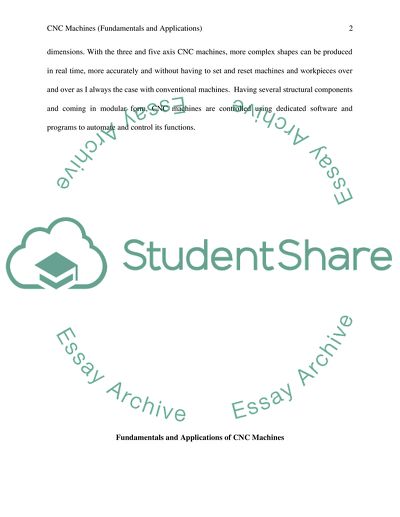Cite this document
(“CNC machines(Fundamentals and Applications) Essay”, n.d.)
CNC machines(Fundamentals and Applications) Essay. Retrieved from https://studentshare.org/miscellaneous/1573195-cnc-machinesfundamentals-and-applications
CNC machines(Fundamentals and Applications) Essay. Retrieved from https://studentshare.org/miscellaneous/1573195-cnc-machinesfundamentals-and-applications
(CNC machines(Fundamentals and Applications) Essay)
CNC machines(Fundamentals and Applications) Essay. https://studentshare.org/miscellaneous/1573195-cnc-machinesfundamentals-and-applications.
CNC machines(Fundamentals and Applications) Essay. https://studentshare.org/miscellaneous/1573195-cnc-machinesfundamentals-and-applications.
“CNC machines(Fundamentals and Applications) Essay”, n.d. https://studentshare.org/miscellaneous/1573195-cnc-machinesfundamentals-and-applications.


